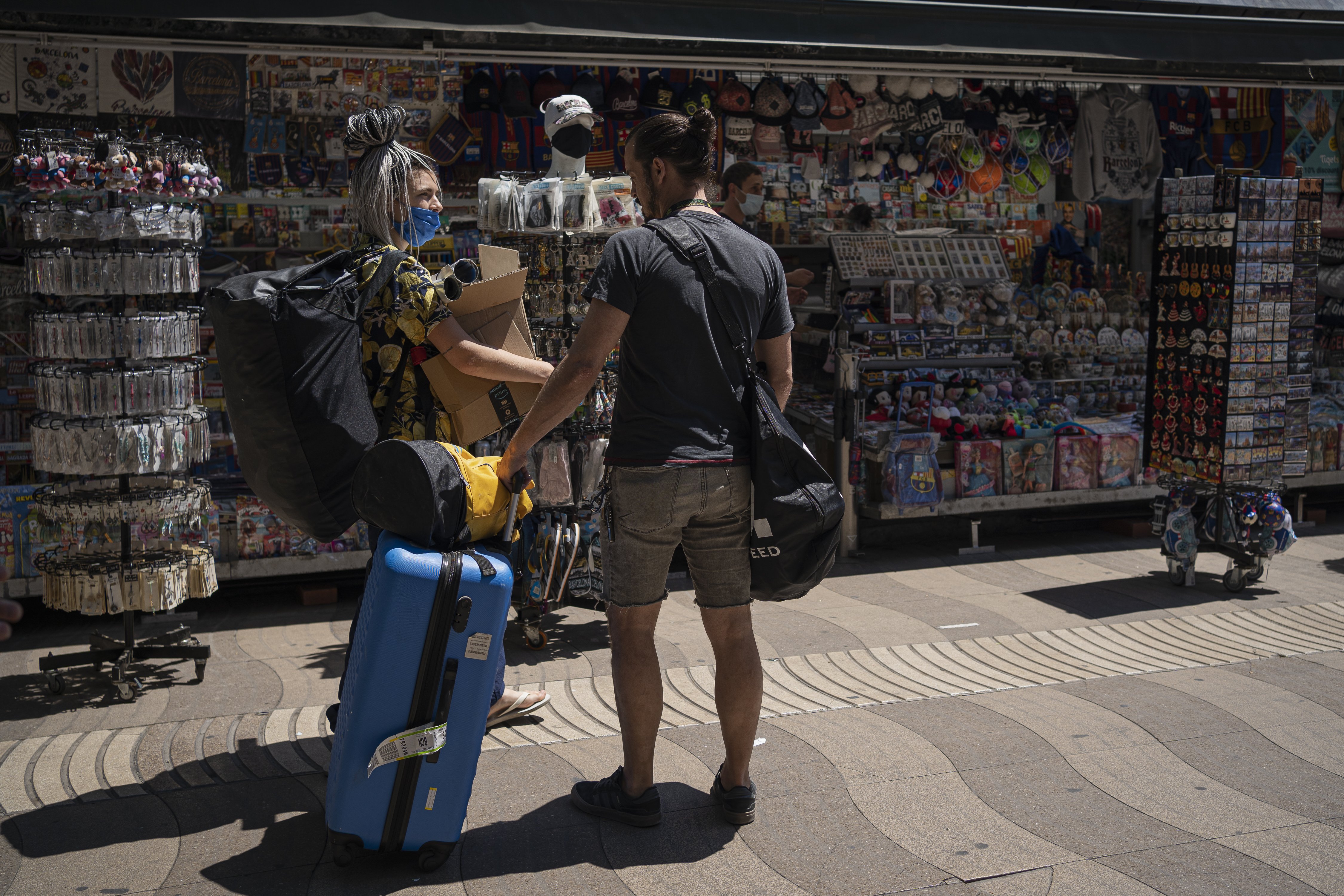Catalonia's hospitality and tourism industries consider this month of July to be practically lost, but sector leaders remain optimistic about the months of August, September, October and November. ConfeCat, the confederation of Catalonia hospitality associations, has taken stock this Wednesday of a tourist season that does not look good but might be a late-starter.
In fact, they expect uneven occupancy levels at hotel establishments across Catalonia. The Costa Brava and the Lleida Pyrenees are the regions with the best prospects, while the big cities will be hard hit. According to ConfeCat, the key lies in investing in promotion and disseminating the message that Catalonia is a safe destination in order to attract foreign tourism, especially after being placed in the category of "area of risk" by Germany and Belgium at the start of the season.
"That hurts us badly for foreign tourism," said ConfeCat president, Santiago García-Nieto, at a press conference in Salou where he gave a situation report on the season. According to García-Nieto, a bad July awaits the tourism industry, but a good August. Without giving overall employment figures, the confederation reviewed the prospects for the different Catalan provinces.
Employment prospects are also uneven
The Girona region has very good prospects in the north, which contrast with a poor outlook in its southern part, where only 37% of hotels have opened. The same scenario is reproduced in Barcelona - in this case there is a different panorama on the coast when compared to the city. According to ConfeCat, the Catalan capital has lost 2.5 billion euros in the last fifteen months.
As for Tarragona, it is expected to reach 65% hotel occupancy this summer season, a figure well below a normal year, when it easily exceeds 85%. The confederation hopes that all the hotels in the territory will be open in August. "We are late starting the season, but we are optimistic, and also realistic," said García-Nieto.
Lleida wins the "gold medal", said the ConfeCat head. Good occupancy levels are expected in the Pyrenees, where the rate of bookings is "optimal, but not excellent either". The confederation also highlighted the modest level of occupancy in tourist apartments in Catalonia as a whole, despite the fact that prices have fallen by between 30% and 40%.
Sector priorities
From there, the sector puts forward two objectives. On the one hand, the need to invest more in promotion, with the intention of recapturing Spanish visitors. And, with regard to the foreign market - basically European - the confederation complains about the absence of a convincing promotional campaign to project the destination as "safe" and "competitive". García-Nieto said that “we have missed this train, unlike other [Spanish] communities,” he added.
The reluctance of the French to come south to Catalan territory was also highlighted - a key factor, given that half of all foreign tourism in Catalonia is from France. With respect to employment, the body asserts the need to continue the entitlement to those ERTO furlough schemes justified by the force majeure of the pandemic, with favourable conditions to allow those companies still at a standstill to carry on and to provide for employees who are fijos discontinuos - that is, with permanent seasonal contracts.

